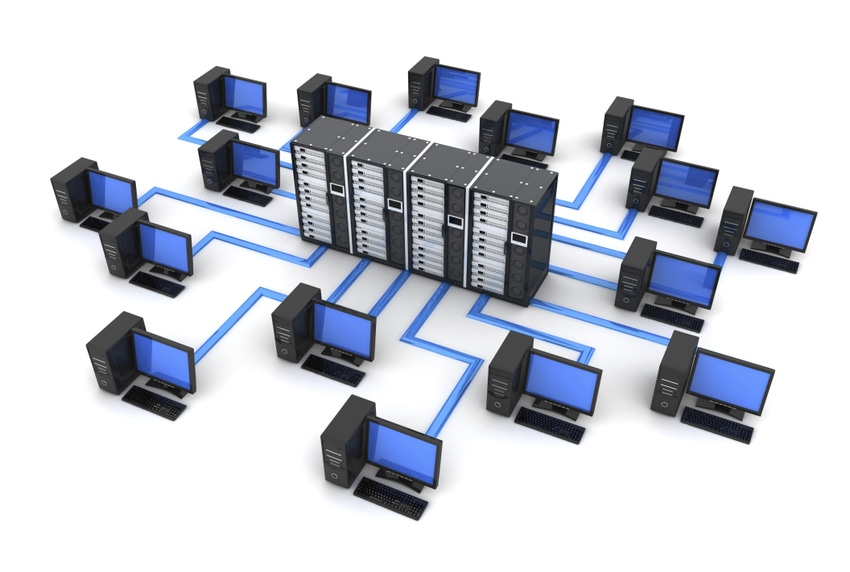To ensure future success MSPs must control the third-party business applications their clients use. The best way is with Desktop as a Service (DaaS). Bundle in hosted Exchange and Microsoft Office and the MSP has a package most SMBs find compelling. But where does that leave RMM vendors?
May 27, 2015

By Jim Lippie 1
Managed service providers (MSPs) wouldn’t exist without remote monitoring and management (RMM) companies. For over a decade RMM providers have empowered MSPs with software that allows them to monitor and maintain on-premises environments for their clients. Between software agents on servers and end-user devices, the various RMM companies have facilitated billions of dollars in billed revenue for the tens of thousands of MSPs around the world. There is no disputing that RMM has been the essential component of the rise and success of MSPs.
But where is this industry going? With the proliferation of hosted applications (“moving to the cloud”) the need for MSPs to monitor and maintain on-premises servers is declining every day. There are still the end-user devices to monitor, right? Yes, certainly, but with the rise of Macs, tablets, Chromebooks and thin clients in the workplace, the universe of end-user devices MSPs can monitor/patch/update for their clients is also shrinking.
Gartner forecasts that 7.3 million Chromebooks will ship in 2015, up 27 percent from the previous year. The combination of more SaaS/cloud-based applications and inexpensive, lower maintenance end-user devices could greatly reduce the dependency MSPs have on the RMM providers.
Controlling third-party apps
Many MSPs are starting to understand that to be successful in the future, they must control the third-party business applications their clients use. The best way for MSPs to control their clients’ applications is with Desktop as a Service (DaaS). DaaS allows MSPs to offer their clients the back-end servers to run their business, access to their data, access to their applications with back-up and disaster recovery in a pay-as-you-go pricing model. Bundle in hosted Exchange and Microsoft Office and the MSP has a package most SMBs find compelling.
Does RMM have a future?
RMM companies will continue to exist, but that role won’t be as nearly prominent in the MSP community as it’s been the last decade. RMM companies will be the ones monitoring the servers in the cloud for the DaaS/IaaS companies. In fact, an RMM company just inked a deal with a leading DaaS provider to monitor the thousands of virtual machines they have in data centers around the country. And where there is an end-user device that can be monitored and maintained with an RMM agent, it should be. I am a big believer that every MSP offering a DaaS solution should bundle in end-user support and put an RMM agent on every Windows device in their client portfolio. This is the best way to mitigate exposure while providing an unlimited help desk package.
In the end, the smartest RMM companies will thrive because they will still be monitoring the infrastructure that SMBs need to run their businesses, but that infrastructure will be owned/operated by DaaS/IaaS providers, not the SMB clients or MSPs of the past or present. And in the future the DaaS/IaaS companies will become the new essential partner for the successful and growing MSPs.
Contact [email protected] or follow him @jimlippie
You May Also Like
